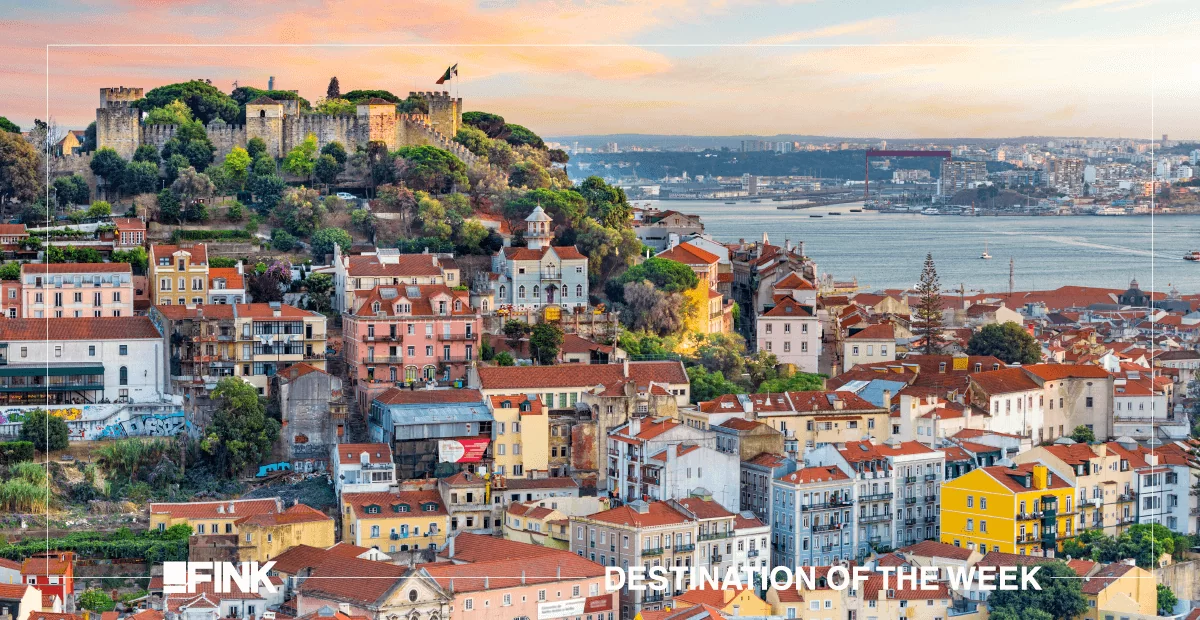
When we think about the events that triggered the development of what we call the modern world, or modernity, an association with the discovery of the new world by Christopher Columbus, in 1492, is always evident, as well as with the development of the spice routes, that followed the African coast, towards the southeast of Asia.
And to reflect about this is also to recognize the power the two countries situated in the Iberian Peninsula, Portugal and Spain, had at that time. With the help of investments coming from several European economic centers, the two countries were able to undertake the connections that generated the political and economic structure that we now know.
To talk about the details of these analyses takes time, but for those who enjoy knowing history in depth, there’s no time to lose. An interesting possibility is to join the relaxation of a vacation trip and the historical wealth of Lisbon, capital of Portugal: the perfect destination for the tourist who loves knowledge.
Lisbon was, for a long period, the center of decisions that impacted the world. Although the south of Portugal held a strong political influence, the capital always held the final discussion of strategic topics.
This is evident in the city’s many museums. There are museums for the most diverse subjects that involved Portugal at its peak. The most interesting one, especially for those interested in understanding more about the international power relationships, is the Maritime Museum.
Portugal’s great differential in its period of global protagonism was in the nautical knowledge they had, due to the intense contact with the culture of the north of Africa, which had vast navigational knowledge and technology. The most diverse maps in the 15th and 16th centuries were also a central part of Portugal’s power. Few nations had such an accurate cartographic base of the Americas, of Africa, and of the Asiatic coast, as Portugal.
And even though, to our eyes, this may not seem such a great wealth, due to the widespread information of later centuries, in historical retrospect the maps were the most valuable items in the international scene.
To show the wealth and opulence of that period, nothing is better than the gold adornments of the churches built between the 16th and 18th centuries. Most of the gold came from Brazil, vastly exploited in that period, but gold was also found in a few colonies in the west coast of Africa.
Lisbon is, without a doubt, a destination of great historical wealth for humanity. There are countless open air historical documents to be found in the Portuguese capital. Furthermore, it is one of Europe’s most beautiful cities – really worth a good visit, with no hurry to leave.











